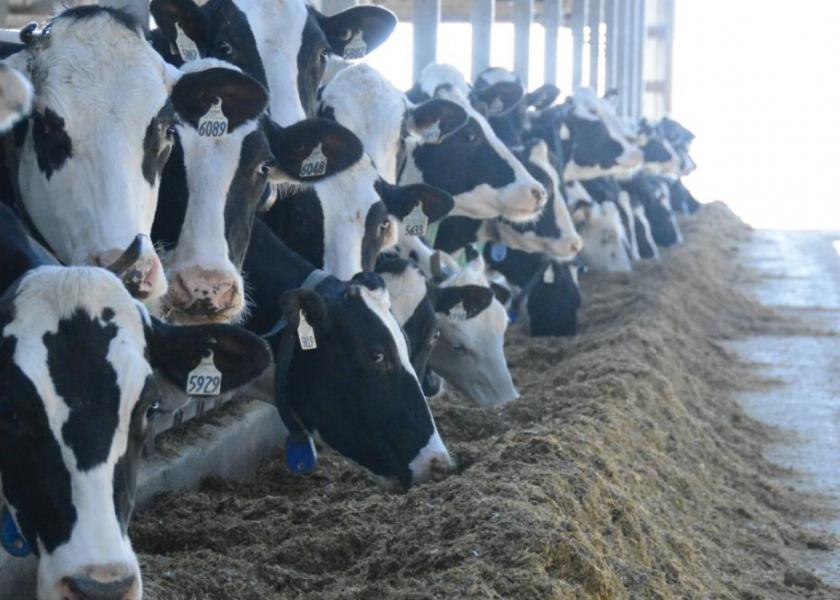Why the Milk Market Isn’t Robbed of all Hope for Higher Prices

Coming off of better than expected milk prices to close out 2019, the momentum has swung the other direction. So, how much downside risk is left? University of Missouri economist Scott Brown says since prices already moved lower, some of the downside risk is out of the way.
“I still have some optimism longer term as we go through this year, and it's all going to be trade related,” says Brown. “Trade has to offset what appears to be another 3.5 billion pound increase in milk production this year that will try to pressure prices lower.”
Pressure is coming from not just the supply side. Brown says there are a few different factors working to pull down prices.
“Supplies have been stronger than maybe we would have thought six months ago,” says Brown. “We've seen the decline of the number of dairy cows slowing, and I think that's generated some additional supplies out there.”
Brown says another factor is the cheese market. He describes cheese prices as getting hammered at the end of 2019 and into 2020. The economist attributes much of that to uncertainty around trade.
“I think there's some trade issues going on, but if you look at the last report on the international cheese prices, those moved up again,” says Brown. “I think that might give us a boost. We've talked about butter prices being north of $2 for a long period of time, they're sitting 20 cents below that $2 mark now, so it's maybe changing a little bit on the fat side.”
As the focus turns to trade deals and what it means for dairy, Brown says the biggest boost for dairy markets could come from China. Brown and other economists say trade with China is vital in 2020. However, a more level playing field with Canada could also give markets a boost.
“With USMCA, dairy got a win there,” adds Brown. “We'll see what happens with Canadian changes as a result of USMCA, but we should expect the Canadians to have less milk powders on the market.”
Brown says less milk powder, combined with greater demand from China, could improve prices.







